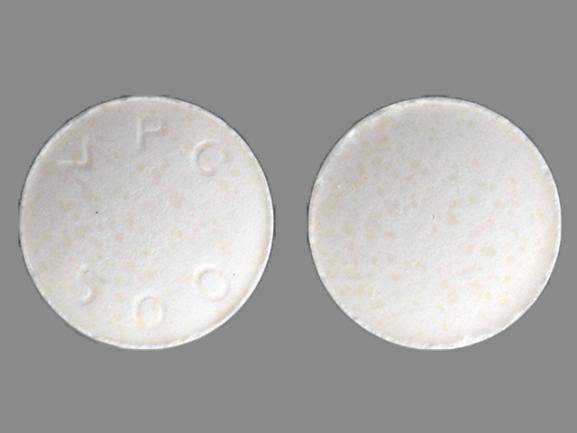Lithostat Dosage
Generic name: ACETOHYDROXAMIC ACID 250mg
Dosage form: tablet
Drug class: Miscellaneous genitourinary tract agents
Medically reviewed by Drugs.com. Last updated on Jan 8, 2024.
AHA should be administered orally, one tablet 3-4 times a day in a total daily dose of 10-15 mg/kg/day. The recommended starting dose is 12 mg/kg/day, administered at 6-8 hour intervals at a time when the stomach is empty. The maximum daily dose should be no more than 1.5 grams, regardless of body weight.
The dosage should be reduced in patients with reduced renal function. Patients whose serum creatinine is greater than 1.8 mg/dl should take no more than 1.0 gm/day; such patients should be dosed at q-12-h intervals. Further reductions in dosage to prevent the accumulation of toxic concentrations in the blood may also be desirable. Insufficient data exists to accurately characterize the optimum dose and/or dose interval in patients with moderate degrees of renal insufficiency.
Patients with advanced renal insufficiency (i.e., serum creatinine more than 2.5 mg/dl) should not be treated with AHA. The risk of accumulation of toxic blood levels of AHA seems to be greater than the chances for a beneficial effect in such patients.
In children an initial dose of 10 mg/kg/day is recommended. Close monitoring of the patient’s clinical condition and hematologic status is recommended. Titration of the dose to higher or lower levels may be required to obtain an optimum therapeutic effect and/or to reduce the risk of side effects.
More about Lithostat (acetohydroxamic acid)
- Check interactions
- Compare alternatives
- Pricing & coupons
- Reviews (2)
- Drug images
- Side effects
- During pregnancy
- Drug class: miscellaneous genitourinary tract agents
- En español
Patient resources
Professional resources
Related treatment guides
See also:
Further information
Always consult your healthcare provider to ensure the information displayed on this page applies to your personal circumstances.


